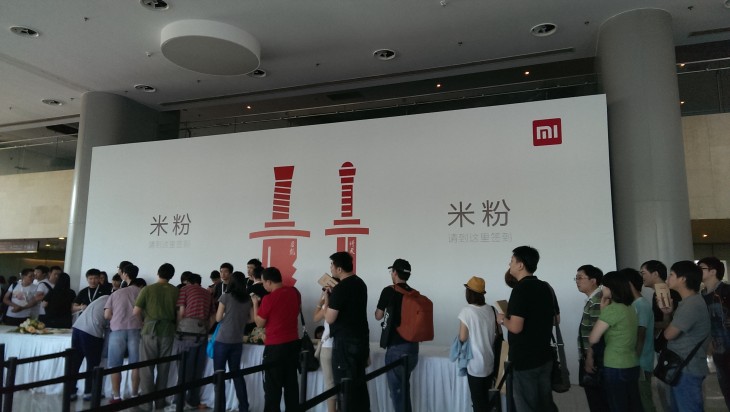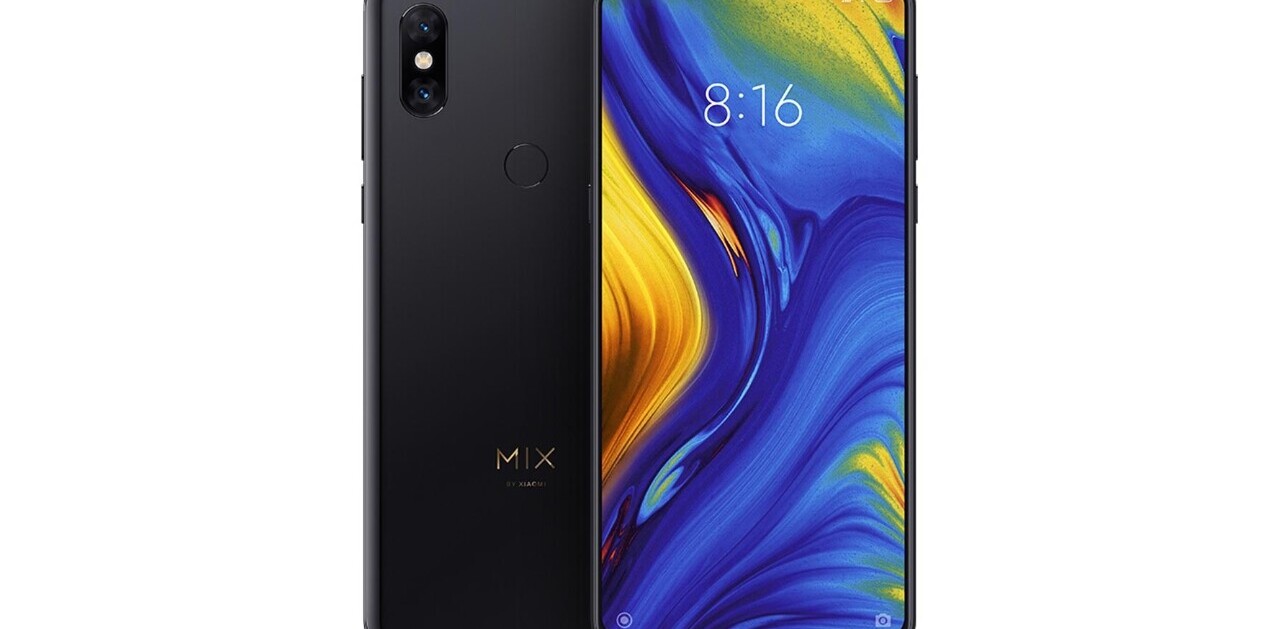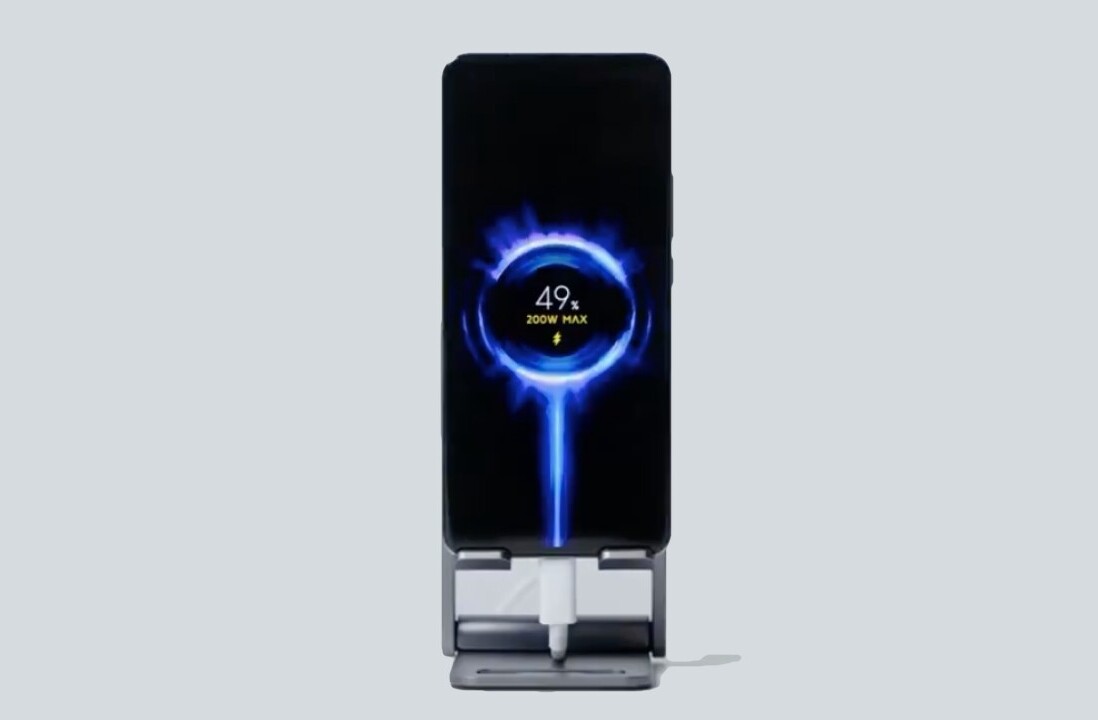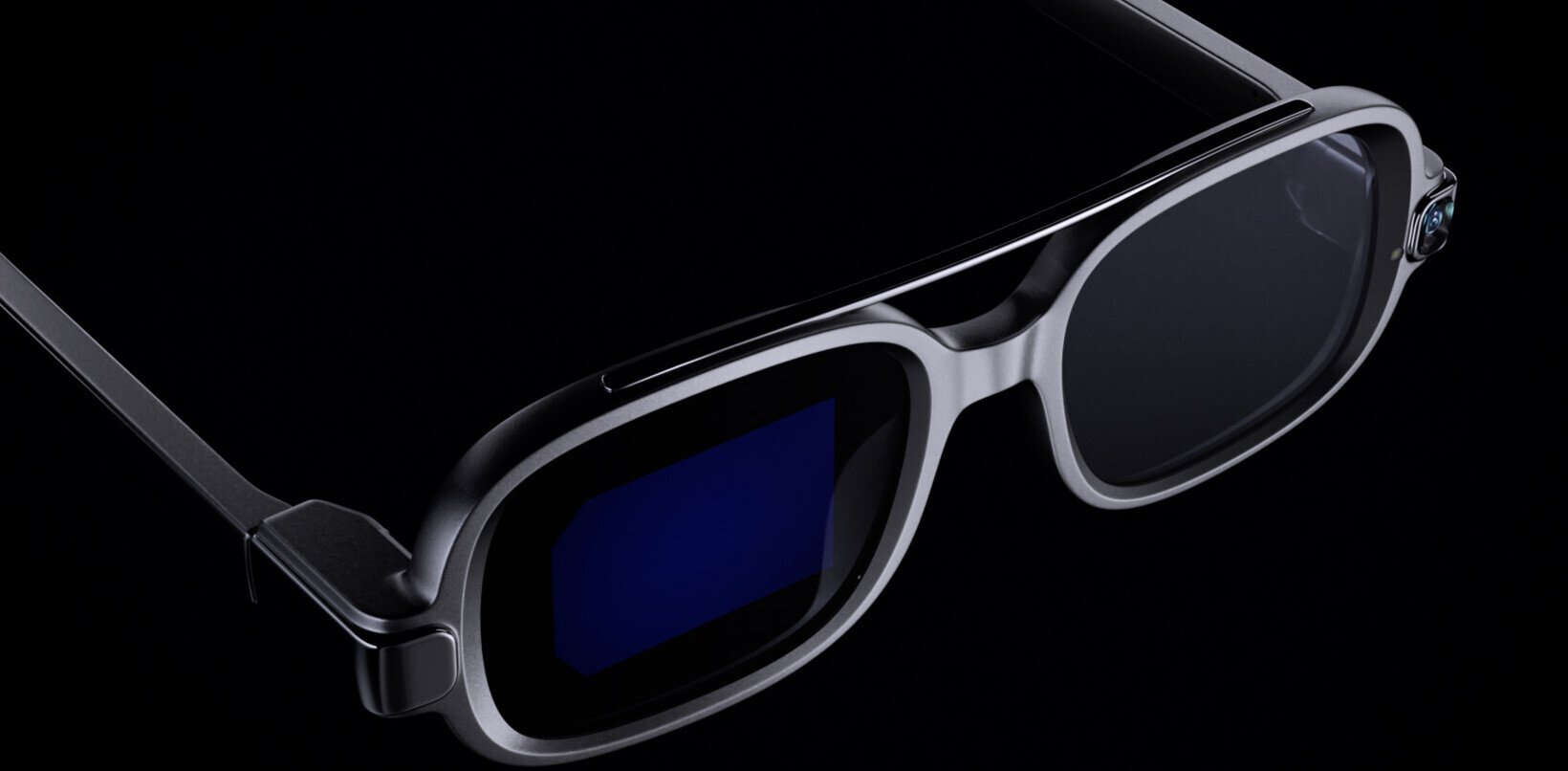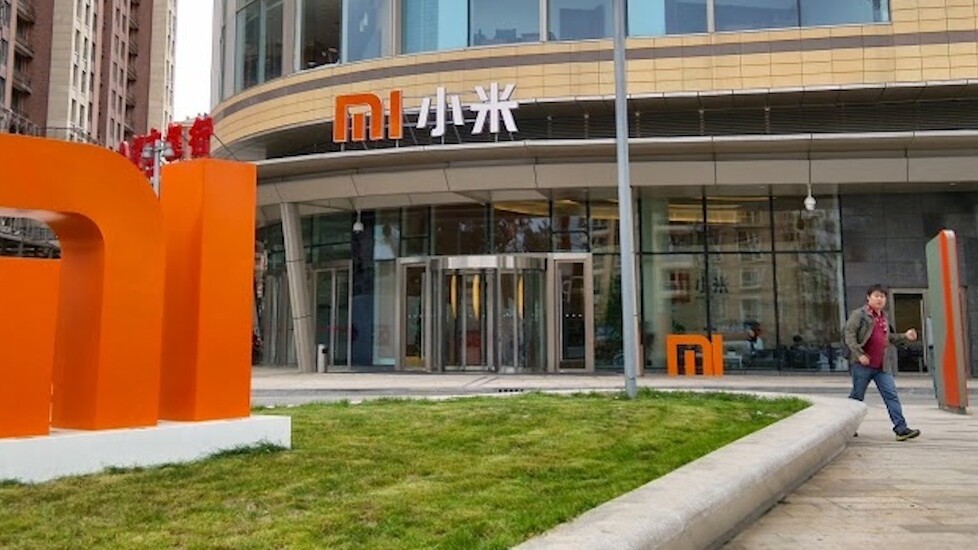
Popular Chinese smartphone maker Xiaomi has made its international ambitions official today with a launch in Singapore, during which it also announced that its flagship Mi-3 device will be arriving on March 7 with a price tag of S$419 ($332) unlocked.
The company has already announced that it will bring the lowest-cost smartphone in its range of devices, the Redmi, to Singapore on February 21, for a very affordable price of S$169 ($134) unlocked. In fact, Xiaomi is also tying up with the three carriers in Singapore so consumers can get subsidies for the Redmi as well.
Already a hit in China — where it sold nearly 19 million phones last year — the red-hot smartphone maker has quietly expanded sales into Hong Kong and Taiwan, but the move into Singapore represents its first step outside of Greater China.
Challenges of a new market
The company’s international ambitions have been driven by high-profile former Google VP Hugo Barra — and now VP for Xiaomi Global — whom president and co-founder Bin Lin had pinned as the key person to plot the company’s overseas expansion roadmap. Being the very first country outside of Greater China, the Singapore launch is a culmination of efforts to adapt Xiaomi’s products for an English-speaking audience and build up the Xiaomi brand on a new slate.
In an interview with TNW, Barra says that bringing Xiaomi into a new market was “like building a new company essentially.” The Xiaomi team had to build a new operation from scratch — including logistics, customer support, delivery, after-sales, warranty repair services — and as it starts selling its devices this week, it has to build up local brand awareness.
From the product perspective, Barra notes that it’s the first time Xiaomi is launching its highly-customizable MIUI firmware, which is based on Android, officially in English. “And that’s actually a big challenge — we’ve had to change a lot of things around the UI to accommodate English characters, because things are much more compact in Chinese,” Barra says.
Being Google’s former VP for Android, Barra’s expertise and experience comes in handy with the internationalization of MIUI, and Barra tells us that it “is not too different from like launching a Nexus phone” — he filed hundreds of bugs, and spent time doing testing in Singapore for the software.
There were some thoughts previously that Barra’s arrival at Xiaomi would herald in a bigger push for MIUI, which could even take on Android at some time by splitting out entirely into an operating system of its own — and this issue is even more pertinent now as Xiaomi plots its overseas moves.
However, Barra assures us that Xiaomi will “absolutely” stick with Android.
First of all, we are super invested into it. We have built so much on top of it and porting that to any other operating system would be a disaster — it would take years.
Secondly, backing any other operating system at this point would mean having to build an ecosystem — a developer ecosystem. Android is the only operating system out there, other than Apple’s super closed operating system, that enjoys a developer ecosystem. I’ve worked on this (Android) for three and a half years — it took such a long time, and such a crazy amount of work and money — from Google’s part — to actually catch up, to make Play Store really good, to make it a great experience for developers, to address all the fragmentation issues and all these things…
Thirdly, from a technical point of view, there’s no reason for us to deviate from Android. Why would we? It’s an amazingly flexible platform, we can build whatever we want on top of it, we can build whatever we want under it, as long as we remain compatible (with Android), which is our promise to Google — we can do whatever we want.
Given that Barra will be focusing on addressing different software design needs in different countries, he says it would not be a good use of Xiaomi’s engineers’ time to even think of working on a new operating system. It seems like Barra’s move over to Xiaomi is a “new Android chapter” indeed, and cements the idea that the Chinese company is a friend of Google, not a foe.
Why Singapore?
As I wrote recently, Singapore is becoming a favorite stop for China’s tech giants as they begin their expansions into Southeast Asia.
At the launch event, Barra as well as Lin spoke at length about how Singapore is a “good first challenge” for Xiaomi to figure out how to set up logistics and after-sales services due to its strong infrastructure — and is a launching pad for the company to ramp up to markets with higher complexities, by starting from one with a lower complexity first.
Barra shed some light on why, despite Xiaomi’s price point being particularly appealing for emerging markets such as in other parts of Asia, Latin America or Africa, Singapore has become a key to its expansion plans.
If we were a traditional handset manufacturer just looking to move products, that would be the logical thing to do, that’s where the highest demand is going to be. But we’re not. We are trying to build a pretty high-touch end-to-end relationship with people. From the moment they come to the website to buy a product, to experience our customer support and hopefully not — but if they have problems, to experience our repair — and that requires a lot of work, a lot of infrastructure, partnerships and so on. It’s so much easier to do that here. Plus, the cost of failure is low because it’s a small market.
A key theme that both Barra and Lin were keen to emphasize is that Xiaomi isn’t focusing purely on numbers — that is, how many phones they sell. Instead, the company wants to start small on purpose, so that it can gain insights into what customers think about the Xiaomi devices and MIUI firmware, then improve on that. Barra says:
I would be very happy if we sell out everything we’re going to put out for sale on Friday. I don’t think we are going to sell it out in minutes, I think it will take a few days — but most importantly what I want to make sure is that those first however many customers are treated in the most VIP possible way. I really want to listen to them, I really want to see what they’re thinking, how they’re using the product.
A few possible areas of improvement when expanding overseas could be to do with translation or carriers, Barra notes. “We might find that we didn’t do a good enough job on the translation. We might find that we didn’t do sufficiently stringent carrier testing. There’s just so much we can learn here, which is why it’s so important to start small,” he tells us. Some of Xiaomi’s services are also still in the process of being moved to international data centers, such as the theme app store, so that could result in a slower experience for users too.
With the impetus to start small, Xiaomi is starting by shipping to Singapore users from Shenzhen via UPS, which takes a ready package and then delivers it — and Barra notes this is an expensive approach.
However, as soon as Xiaomi understands the market and has a sense of how things are developing, it is going to start doing distribution from Singapore. “So we will have a warehouse here, just like we did in Taiwan, so we ship big pallets of products from China to Singapore — and then here we have staff that does picking and packing and local shipping, so our cost of shipping will go down significantly. The next step for us in Singapore is to have a local warehouse, and then who knows, after that the next step is to have a regional distribution center,” Barra says.
Exporting the Xiaomi craze
When I attended Xiaomi’s launch event for the Mi-3 Android phone and a 3D smart TV last year, I witnessed the fervent passion of Xiaomi fans. The event was overwhelmingly packed with people, so much so that the security guards had to come out in full force to prevent more people from heading into the conference hall.
When asked if Xiaomi can ever bring the similar level of passion for its devices overseas, Barra says: “It’s a huge challenge. It will not be easy. It’s going to take a huge amount of work. But yes, I think we can do it.”
Barra notes that the company is “squarely targeting the young-at-heart techie — people who appreciate technology, who like gadgets, who like high-performance, who like to customize, who like to tweak and optimize and so on and so forth.” These people will hopefully be the ones who enthusiastically provide feedback, let Xiaomi understand what users in the particular market are happy or unhappy with, and eventually lead to a product that can resonate with more customers. Barra says:
We think that if we can conquer the hearts and minds of these people, they will become our brand ambassadors, as long as we never let them down. They’ll tell their friends, they’ll post on their social media stream, they’ll tell their family, they’ll buy a device for their grandmother or something. So that’s what we have to do. It’s no different from what we have done in China.
It remains to be seen how Singapore, and the subsequent markets in Southeast Asia that Xiaomi is intending to move into, will react to the company’s so-far wildly-popular smartphones in China. If all goes well, Xiaomi could very well be uttered in the same breath as companies like Samsung and Apple — but a long journey lies ahead and Singapore is only a tiny step forward into the vast challenge it faces as it seeks to adapt its handsets and software for international tastes.
Headline image via Hugo Barra / Google+, other images via Xiaomi
Get the TNW newsletter
Get the most important tech news in your inbox each week.



